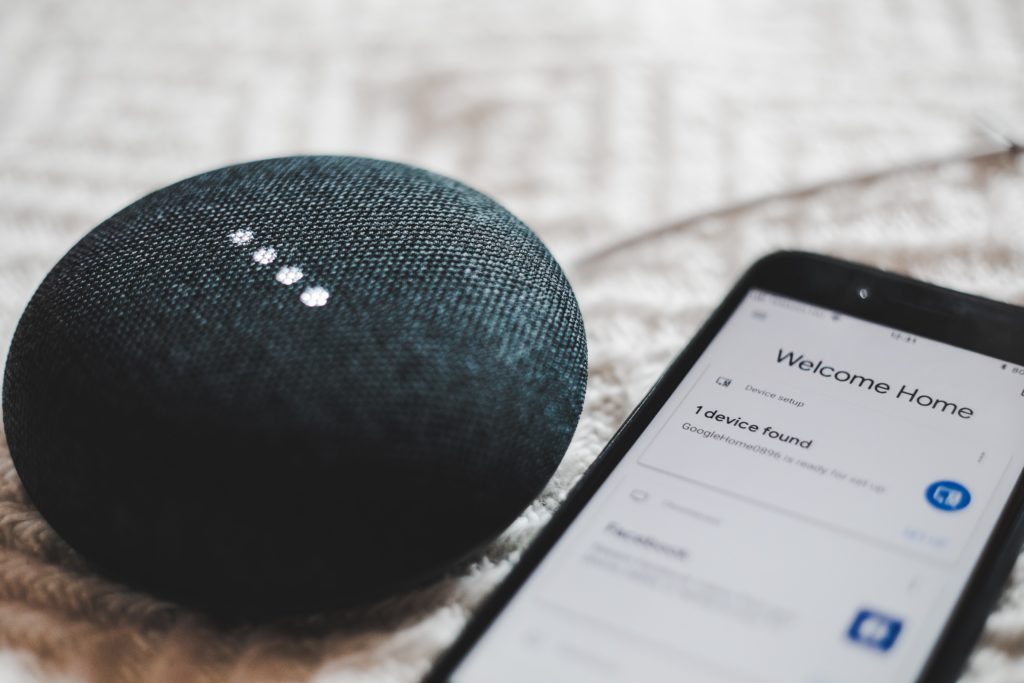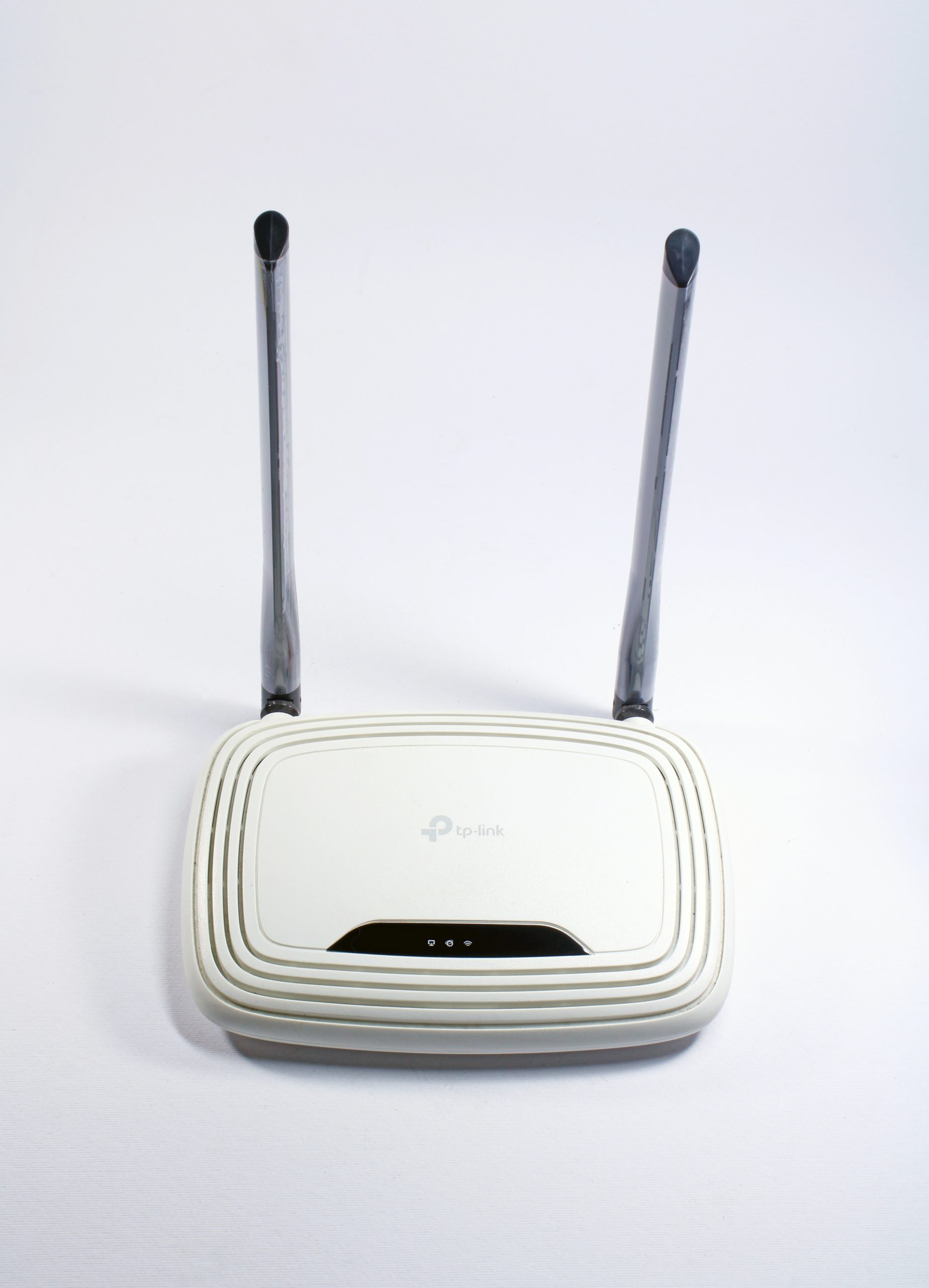Bluetooth is one of the best wireless network protocols for short-range communication. Internet of Things standards like Z-Wave and Zigbee still have plenty of issues. Although Wi-Fi is much popular, it draws too much power to be effective for managing several smart devices. Although this technology is still new, it has a wide range of applications. Some of the common Bluetooth applications include:
- Streaming music from a source device such as your smartphone, laptop or tablet
- Connecting computer peripheral such as mouse and keyboard to the computer or pc
- Receiving calls via your earphones or headphones to enable hands-free driving and so on.
However Bluetooth technology has its limitations. One of the major limitations is its short range and limited number of connections. Bluetooth networks feature a dynamic topology called a piconet. A piconet contains a minimum of two and a maximum of eight Bluetooth devices. One of the devices is the master device and it controls the other devices (slaves). This means that you can’t use Bluetooth to connect many devices simultaneously in scenarios such as connecting multiple computers in the office.
The Bluetooth range is another limitation. Bluetooth range is determined by the device class. There are three Bluetooth device classes. Class 1 devices have a maximum range of 100 meters. On the other hand, Class 2 devices have a maximum range of 10 meters while class 3 devices have a range of about one meter. The most common Bluetooth devices we use such as headphones are class 2 Bluetooth devices.
To navigate the shortcomings of the limited Bluetooth range and multiple connections, we can use a Bluetooth router. Before looking at what a Bluetooth router is, let’s first look at what a router is and how they work.
What is a Router?

A router is a hardware device that connects two or more networks and acts as a gateway between the networks. A router is the main node device of the internet. It determines the forwarding of data through routing. The forwarding process is referred to as routing and is the origin of the router name. In a nutshell, a router is an indispensable equipment in the networking process.
What is Routing?
Routing is the process of determining the network scope of the end to end path when a packet travels from the source to the destination. Routing involves two basic actions.
- Determining the best path
- Transmitting information through the network
Transmitting information through the network is called data exchange. The exchange is simple and the selection path is complicated.
I hope you now understand what routing is and you also understand that a router is a device that selects the optimal path from the source to the destination during transmission of the data packet of the network.
How does the Router work?
Since the router chooses the optimal path from the source to the destination s routing protocol must be used. The routing protocol is a tool for selecting the optimal path. A Protocol is a multi-protocol, it doesn’t specifically refer to one.
The router selects the optimal path through the routing protocol and puts it in its routing table. When the router receives the data packet, it only has to look up the routing table according to the destination address of the data packet to find the destination.
What is a Bluetooth Router?
A Bluetooth router is a device that allows you to connect and control multiple Bluetooth devices and also extend range. Bluetooth routers work much like a Wi-Fi router. Some can extend your Bluetooth connection up to 1000 feet in open air and through up to three walls. A Bluetooth router allows you to access your speaker from all the rooms of your house. You can even control your Bluetooth device and gadgets even when you are outside your house.
Features of the Bluetooth Router
Bluetooth routers have the following features;
- Low power consumption
- Large volume
- Low cost
- Low radiation
- General purpose
- Long distance: In Bluetooth the 4 terminal devices, the transmission distance of the open field radius of 300 meters has been realized.
- One to many Pairing: They allow you to control up to 40 low power Bluetooth devices simultaneously.
- Easy to manage: It has a confined user interface which is easy to use allowing you to control multiple Bluetooth routers and terminal devices.
How to Use Bluetooth Router
Let’s take a look at some of the usage scenarios of Bluetooth gateways
- For Pairing different cell phones in the house

With a Bluetooth router, having multiple cell phones in the house is not a problem. You can pair your Bluetooth router with several phones in the house. You can also assign different ringtones to each account. This will help you to know whose phone is ringing. If you are going out and are in the middle of a call, you can transfer the call to your mobile phone from the standard telephone.
- If you have a landline

For this purpose, you can choose a Bluetooth router or gateway that has a line in port. This means that your standard telephone will perform two duties. They will ring as usual as landline calls and also ring for the cell phone calls. To distinguish them, you can use different ringtones.
More Applications of Bluetooth Router
Scenario 1: Smart Campus
Smart campus includes 7 aspects: Sending Bluetooth text messages, non-perceived attendance, student real time, data sports analysis, campus behavior trajectory analysis, student entry and exit management, information entry management, and intelligent dormitory management.
Scenario 2: Smart Medical Pension
Currently, 99% of portable smart health medical devices use Bluetooth. Bluetooth is used for:
Hospital patient management: Ward temperature, blood pressure telemetry, ECG, patient positioning, anti-medical calls and so on.
Telemedicine: Continuous monitoring, remote non-perceive physical examination and so on.
Institutional Pension: Personnel positioning, one-click call, physical sign monitoring, care worker management, etc.
Scenario 3: Industrial Internet of Things
The Bluetooth router mainly solves the following problems in the application of Bluetooth Internet of Things.
- Increase the Transmission Distance of Bluetooth Devices
In most IOT devices the transmission distance is only 10 meters. This distance ids difficult to meet the application of low power IOT. However, through the connection of a Bluetooth router and the device, the Bluetooth range can be doubled. In an indoor environment, the connection can go through two walls with a coverage radius of up to 40 meters.
- Data Collection
Bluetooth routers can be used to receive data from Bluetooth devices and send it to the server.
- Data Distribution
Bluetooth routers send data to other Bluetooth devices. Therefore, the role of the Bluetooth router in the low energy Internet of Things is like the role of the wireless AP in the Wi-Fi network and is an important device for the network and interaction.
Advantages of Bluetooth Router
- Wireless Communication
It allows multiple devices to communicate without relying on USB converters, wires or Wi-Fi. They are the best for highly specific communication. The best part is that it allows integrating telephones and landlines in the network.
- Security and Locking
Bluetooth routers have many security features that you can deploy according to your preference. For instance, you can implement a locking feature so that anyone has to enter a password before accessing it. This will protect your communication from unrestricted access.
- Low Cost
The global standardization of Bluetooth has made it the most ubiquitous and cost effective technologies of all the IOT offerings.
- Reliability
A major characteristic of Bluetooth technology is that it offers adaptive frequency hopping technique. This means that Bluetooth signals adapt according to the surrounding environment. As a result it reduces interference and noise in comparison to other technologies. Frequency hopping allows devices to operate even in noisy environments. So, Bluetooth routers can avoid channels that other Bluetooth devices are using.
Bluetooth Router vs Bluetooth Beacon
Most people confuse a Bluetooth router and a Bluetooth beacon. A Bluetooth beacon transmits a signal that other devices can see. It broadcasts a radio signal that is made up of a combination of letters and numbers transmitted on a regular interval of approximately 1.10th of a second. A Bluetooth enabled device like a smartphone can see a beacon once it’s in range. The main application of Bluetooth beacons include:
- Asset Tracking: Bluetooth beacon can tell you where an asset is at any given time. Most companies use them to track their products.
- Retail shops: Bluetooth beacons create a more engaging store customer experience. Customers can receive instant and limited offers as they walk inside a retail store.
- Indoor positioning: They can help you find your favorite products in the shopping mall quickly. You can also use it to find available packing locations at a shopping mall.
- Animal Management Solution: You can use Bluetooth beacon to monitor the animals wellbeing and productivity by monitoring their health and behavior.
Conclusion
A Bluetooth router uses a series of algorithms to determine the shortest path between networks. Routers use routing to determine the shortest path between networks. It requires the administrator to manually set the routing protocols to dynamically discover using some path between the networks and determine the shortest path.
We have come to the end of our article on Bluetooth routers. We have defined a Bluetooth router and also looked at how it works. I hope that you found this comprehensive post informative. Keep it here for related topics.
